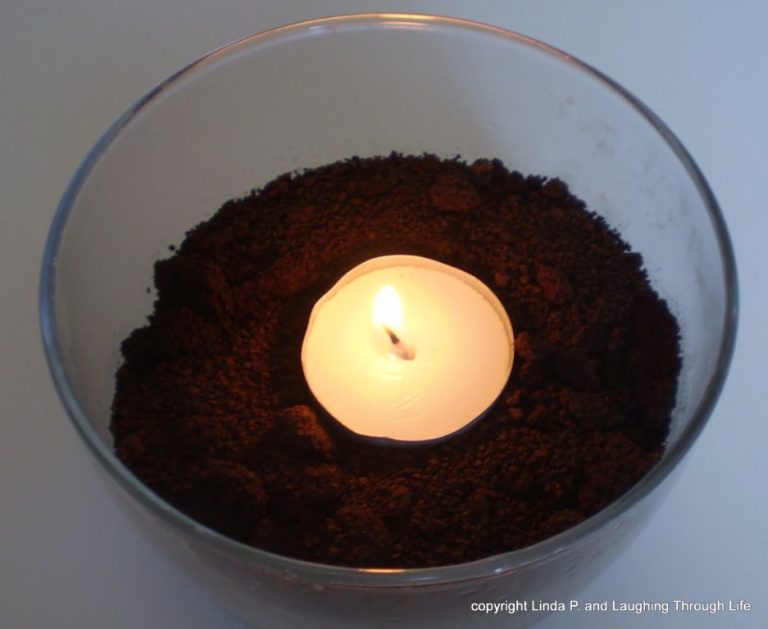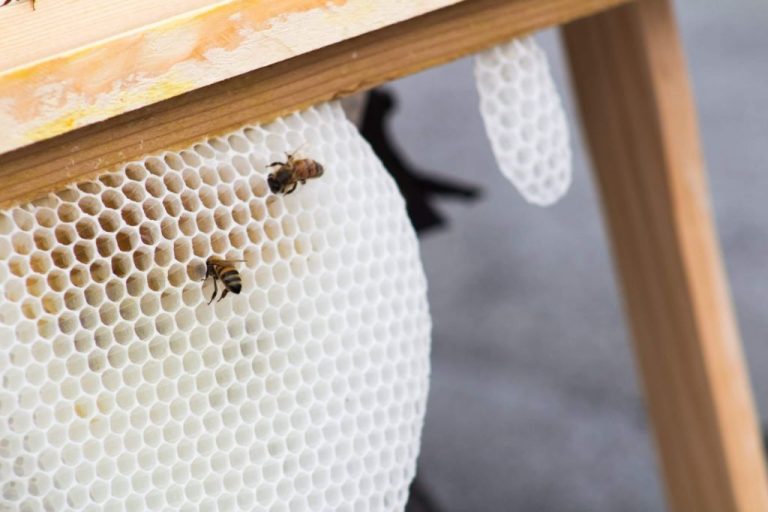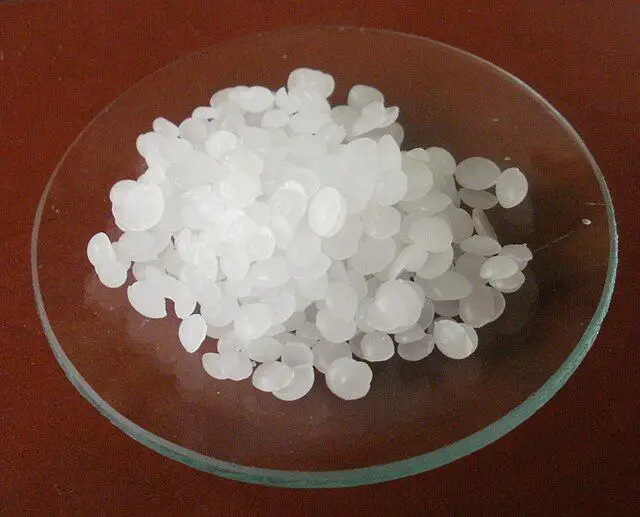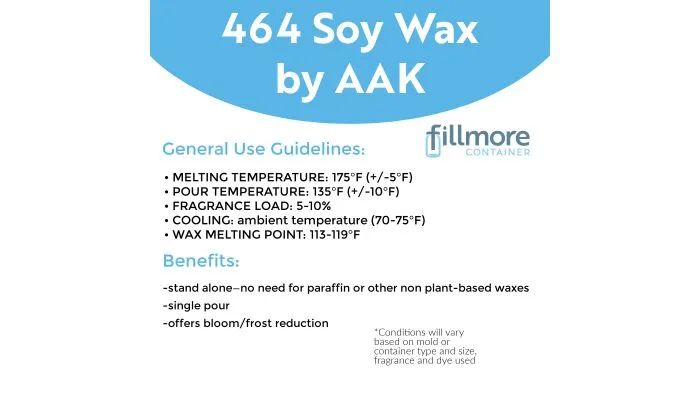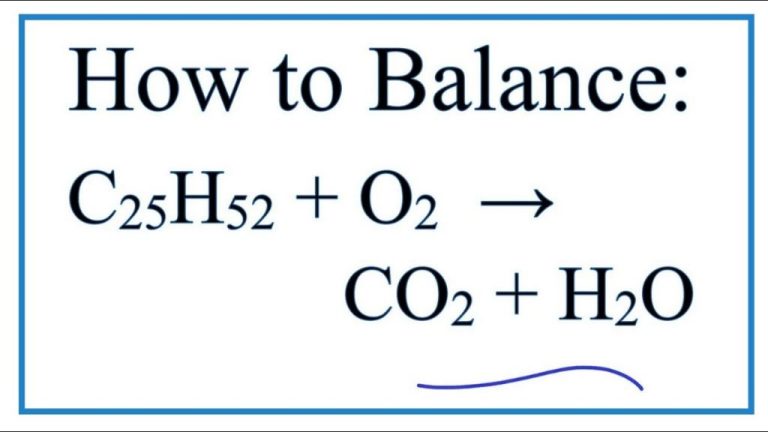What Is A Zinc Core?
Zinc cores are made out of zinc metal and used as the central structural component in a variety of products. At its most basic, a zinc core refers to a rod or tube made of nearly pure zinc metal. The zinc provides strength, rigidity, and dimensional stability to the core (Wikipedia).
Due to its properties, zinc is commonly used as the inner supportive material in products that require stiffness combined with some flexibility. Major applications of zinc cores include candle wicks, medical electrodes, wire rope, and metal castings produced by die casting. The zinc core adds reinforcement and enhances the physical performance of these products.
For example, zinc core wicks used in candles provide more support and reduce issues like clogging compared to regular cotton wicks. The zinc enables the wick to remain upright while also being flexible enough to bend. In die casting, molten metal is injected around a zinc core insert to create dimensional accuracy and uniform wall thickness in the final casting. The zinc core is later removed through melting or dissolution. Overall, the unique qualities of zinc make it well-suited for forming the inner cores of specific products across industries.
Composition of Zinc Cores
Zinc cores are made from a variety of metals and alloys that are selected based on the design requirements and intended application. The most common base metal used is zinc alloyed with aluminum and copper. The amount of aluminum and copper can be adjusted to modify the mechanical properties and melting point of the alloy.
Here are some of the common zinc alloys used:
- Zamak 3 – Contains 3-4% aluminum, 1-1.5% copper, and remainder zinc. Most widely used zinc alloy.
- Zamak 5 – Contains 3.7-4.3% aluminum, 1.2-1.8% copper, 0.025-0.06% magnesium, and remainder zinc.
- Zamak 7 – Contains 6-8% aluminum, 1.75-2.5% copper, 0.06% magnesium, and remainder zinc. Has higher strength.
These zinc alloys offer excellent fluidity when molten, which allows them to be injected into complex core shapes. They also solidify uniformly, preventing defects. The proper alloy can be selected based on the mechanical properties, casting dimensions, and ease of removal needed.
Manufacturing Process
Zinc cores are made through a die casting process using zinc alloys. The alloys commonly used are Zamak 3, Zamak 5, and Zamak 7, which contain zinc along with aluminum, magnesium, and copper (Waykenrm, 2023). The zinc alloy is first melted down and injected into shaped die casts at high pressure. This forms the basic shape of the zinc core.

After the initial die casting, the cores go through several additional manufacturing processes. They are trimmed, smoothed, and cleaned to achieve dimensional accuracy and proper surface finishes. The cores may also undergo heat treatments or plating to enhance their properties and corrosion resistance. Precision CNC machining operations are sometimes used for more complex core geometries. The final cores are inspected to ensure they meet all specifications before shipment to customers.
Automated manufacturing techniques allow zinc cores to be mass produced efficiently. Factories contain specialized equipment like die casting machines, CNC machining centers, and finishing lines tailored for high volume zinc core production. Quality control checks are implemented at various stages to ensure consistency across all cores produced in a batch.
Applications in Die Casting
Zinc cores play an essential role in the die casting process for producing complex metal parts with internal features. Die casting involves forcing molten metal into a mold cavity under high pressure. The mold cavity is created using two hardened tool steel dies.
Zinc cores are used to create internal holes, undercuts, threads, and other complex shapes that would be difficult or impossible to produce using only the two-part metal dies. The zinc core is positioned inside the die before the molten metal is injected. After the metal solidifies, the zinc core is melted and drained away, leaving behind the desired internal shape.
Compared to other core materials like sand, zinc offers several advantages for die casting:
- High melting point allows zinc to withstand molten metal temperatures
- Good heat transfer helps the casting metal solidify faster
- Smooth surface finish on castings
- Dimensionally accurate internal features
- Lower maintenance than sand cores which can wear down dies
Zinc cores allow more complex die cast parts to be produced in a wide range of alloys including zinc, aluminum, magnesium, copper, and brass. Major applications include auto parts like gearboxes and steering columns, molds for plastic injection molding, mechanical parts like pumps and valves, and consumer products.
With the help of zinc cores, die casting can produce sturdy metal components with detailed internal features at high volumes. This makes die casting one of the most common and cost-effective metal shaping processes used today.
See https://www.forcebeyond.com/zinc-die-casting/ and https://lakesidecasting.com/about/zinc-die-casting for more information on the role of zinc cores in die casting.
Benefits and Advantages
Zinc has several properties that make it well-suited for use in die casting cores compared to other metals. Some of the key benefits include:
High melting point – Zinc has a melting point of 419°C which allows the core to withstand the high temperatures involved in die casting without melting. This helps maintain the core’s shape and integrity during the casting process (1).
Good castability – Zinc has excellent fluidity when molten which allows it to flow evenly into complex core dies and cavities. This helps produce sound castings free of defects (1).
Low density – With a density of 7.13 g/cm3, zinc is much lighter than traditional core metals like steel or iron. The lower mass helps reduce load on the dies and minimizes wear. It also makes handling and transporting the cores easier (1).
Cost effective – Zinc is an economical metal choice compared to other alternatives. This helps reduce overall manufacturing costs of die cast products (1).
Easy removal – Zinc cores can be easily melted out or dissolved chemically after the casting process. This avoids costly secondary machining operations to remove solid steel or iron cores (1).
Limitations and Disadvantages
While zinc cores offer some benefits, they also have some notable downsides and challenges. Some of the key limitations and disadvantages of zinc cores include:
Zinc cores result in much heavier castings than other non-ferrous alloys like aluminum or magnesium (Source: https://www.sunrise-metal.com/advantages-and-disadvantages-of-zinc-die-casting/). The increased weight can be prohibitive for applications where lightweight parts are critical.
The lower melting point of zinc (419.5°C) restricts it to lower temperature die casting applications compared to metals like aluminum (660°C) (Source: https://www.sunrise-metal.com/advantages-and-disadvantages-of-zinc-die-casting/).
Zinc has a relatively low structural strength and shock resistance. It is not well-suited for high-stress mechanical applications.
Zinc castings have poor wear characteristics and can abrade quickly under frictional contact.
Zinc cores are more prone to gas porosity defects during the casting process, resulting in more scrap.
Zinc reacts with molten aluminum, so zinc cores cannot be used in aluminum die casting applications.
The lower rigidity of zinc can make ejecting castings from the die more difficult.
Overall, while useful in certain applications, zinc does have limitations in terms of weight, strength, wear resistance, and compatibility issues that must be considered.
Design Considerations
When designing parts using zinc cores, there are several key factors to consider:
Wall thickness is an important consideration. Walls that are too thin can lead to porosity issues during casting. Most experts recommend minimum wall thicknesses of 2-3mm for zinc die casting using cores (Source: https://diecasting.zinc.org/properties/en/design/eng_prop_d_design-rules/).
The shape and complexity of the core is also a key factor. Simple, uniform core shapes are preferred to avoid issues with turbulence during filling. Complex core shapes with thin sections or changes in wall thickness can create problems (Source: https://www.atkinsandpearce.com/wp-content/uploads/2020/09/zinc-core%E2%84%A2-wick.pdf).
Allowance must be made for removal of the core after casting. Adequate draft angles should be designed into the part to facilitate removal. Access holes may need to be incorporated into the design as well (Source: https://hiveandhoneycandleco.com/products/zinc-28-24-z-6-pretabbed-wick).
The position and orientation of the core is also important. Cores should be positioned to avoid turbulence and promote smooth filling. Proper venting must be provided to allow air to escape.
In summary, designers should pay close attention to wall thickness, core complexity, draft angles, venting, and core positioning when incorporating zinc cores into die cast parts.
Core Removal Process
After the zinc die casting process, the zinc cores need to be removed from the final product. There are a few common methods used for removing zinc cores:
One method is to immerse the cast product in a hot caustic solution. The caustic solution dissolves the zinc core while leaving the cast product intact. This method allows for safe and effective removal of the core (Source).
Another option is to immerse the casting in room temperature hydrochloric acid. The acid reacts with the zinc core to dissolve it away from the final cast part. Care must be taken when handling hydrochloric acid as it can be dangerous (Source).
For some applications, the zinc core can be removed mechanically rather than chemically. The casting may be shaken or subjected to high pressure water jets to dislodge and break up the core. This leaves the desired cast shape intact (Source).
The specific method chosen depends on the shape, size, and material of the final cast product. Each option has advantages and must be evaluated for safety, cost, environmental impact, and effectiveness in removing 100% of the zinc core material.
Environmental Impact
The production and use of zinc cores can have several impacts on the environment. Zinc is a naturally occurring element, but the mining and processing of zinc ores generates a number of waste products that can pollute air, water and soil if not properly managed.
Air emissions from zinc production can include sulfur dioxide, lead and cadmium. Wastewater can contain zinc and other heavy metals that are toxic to aquatic life (GreenSpec).
Once in the environment, excess zinc can bioaccumulate up the food chain and cause ecological harm. High concentrations of zinc in soil can damage microbial populations important for nutrient cycling and plant growth (Science Learn NZ).
However, with proper waste management, recycling and emission controls, the environmental impact of zinc production can be minimized. Many modern zinc facilities recycle zinc scrap and use filtered exhaust systems and wastewater treatments.
The Future of Zinc Cores
Zinc cores have been an important technology for die casting and other manufacturing processes for decades. However, there are some emerging trends and innovations that will shape the future of zinc core technology:
New binder systems are being developed that can withstand higher temperatures and pressures during the casting process. This allows zinc cores to be used for more challenging applications. One example is water-based binders which are more environmentally friendly.https://www.mining-technology.com/data-insights/zinc-in-the-us/
Additive manufacturing or 3D printing of zinc cores is also an area of innovation. This allows for more complex core geometries to be produced compared to conventional core-making processes. 3D printed cores can lead to improved quality and design flexibility.https://aheadoftheherd.com/zinc-the-essential-element-in-increasingly-short-supply-richard-mills/
New zinc alloys are being developed that expand the capabilities of zinc cores. Alloys with copper, magnesium and other elements can offer higher strength at elevated temperatures.
Automation and robotics are making the production of zinc cores more efficient and consistent. Advanced sensors and quality control systems help improve reliability.
Overall, through innovative binder chemistries, additive manufacturing, advanced alloys, and automation, zinc cores are evolving to meet the needs of next-generation die casting and manufacturing.

